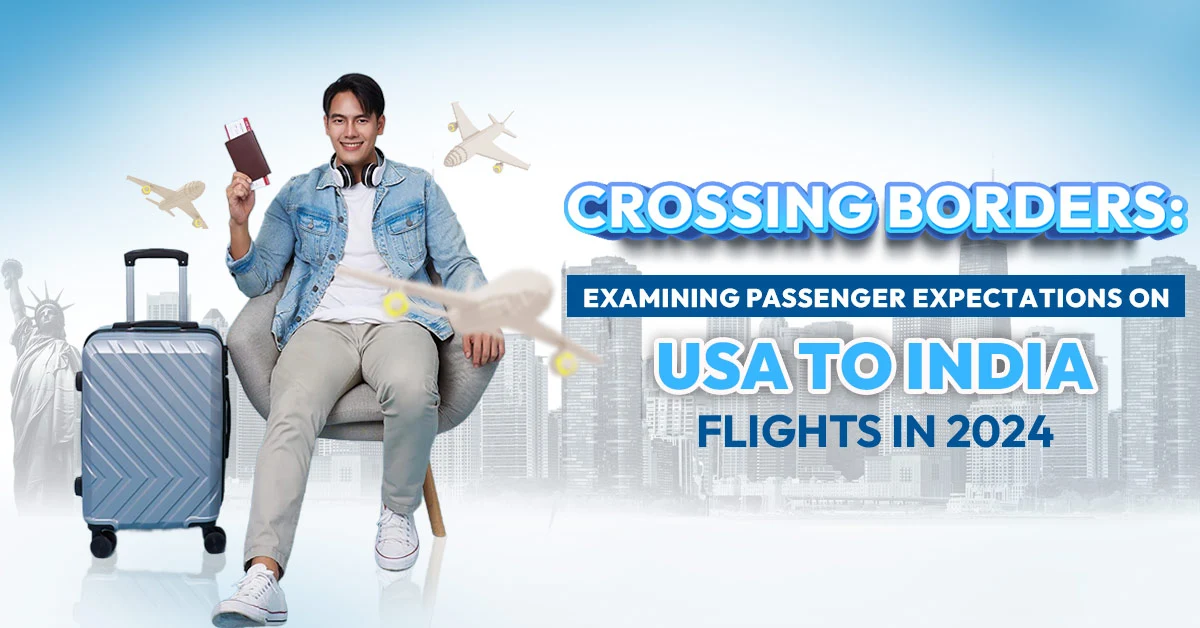
Is flying that safe? Any certified aircraft dispatcher who has undergone rigorous aircraft dispatcher training and testing will tell you that traveling by flight is indeed very safe. Here’s why.
The notion that flying is the safest way to travel is a widely recognized fact. This idea gained significant traction in the 1990s, a time when air travel was becoming more prevalent than ever before.
As more first-time flyers began to experience the mild panic associated with air travel, the reassurance that they were safer in the air than on the road became increasingly important and widely spread.
Traveling by Flight: Checks and Balances
Successful flights rely on several key divisions working together seamlessly: the flight crew, air traffic control, and aircraft dispatchers. Each department is interconnected, continuously monitoring and supporting the others to ensure safety.
Aircraft dispatchers, often referred to as the fourth flight crew member (alongside the pilot, first officer, and navigator), play a crucial role. They share equal responsibility with pilots for the safety of every flight.
For instance, any plane travel changes in course or altitude on a plane must be coordinated among all three departments. This collaborative process ensures that mistakes are identified and corrected before they can impact the flight, exemplifying the robust system of checks and balances that makes air travel the safest mode of transportation.
Technology
Aviation technology has reached extraordinary levels of advancement. The latest Airbus and Boeing models are equipped with such comprehensive safety features that they surpass even the safest cars like Volvo and Toyota.
On a typical flight, advanced technology monitors every aspect of the plane’s operation, its surroundings, and numerous other variables. This sophisticated system ensures that all potential issues are identified and addressed, making air travel incredibly safe and reliable.
Why Airplanes Are Safer Than Cars?
Airplanes are safer than cars for several compelling reasons. Firstly, there is a much higher concentration of cars on highways and roads, leading to a greater likelihood of accidents and collisions due to the close proximity of vehicles. In contrast, the skies have a significantly lower concentration of airplanes at any given time, reducing the risk of in-air collisions.
Furthermore, pilots undergo far more stringent regulations and licensing requirements compared to drivers. The extensive checks and balances, rigorous training, advanced technology, and strict regulations that pilots and other airline personnel must adhere to greatly enhance the safety of air travel.
For instance, aircraft dispatchers, often trained at specialized schools, play a crucial role in flight safety alongside pilots.
The meticulous training and stringent regulations imposed on airline workers—from pilots to aircraft dispatchers—underscore just how safe flying is compared to driving.
Why Is the Airplane the Safest Mode of Transportation?
Airplanes are considered the safest mode of transportation due to a combination of stringent checks and balances, rigorous regulations, and cutting-edge technology.
Every aspect of commercial aviation adheres to strict safety standards, regardless of the ticket class. This industry-wide commitment to safety is reflected in the advanced engineering of airplanes. For example, passenger seats are designed to withstand forces up to 16 times gravity’s force. Additionally, these seats are fireproof and do not emit toxic fumes if they catch fire, ensuring that even passengers in the most economical seats benefit from the highest safety standards.
The continuous advancement in aviation technology places passenger safety as a principal consideration, reinforcing why flying cheap remains the safest way to travel.
Why is Flying So Much Safer for International Travel?
When traveling internationally, air travel stands out as the safest option due to several key factors. The aviation industry operates under rigorous global standards set by organizations such as the (ICAO). These standards cover all aspects of aviation, from aircraft design and maintenance to pilot training and air traffic control procedures, ensuring consistent safety practices worldwide.
Air travel relies on well-defined, standardized procedures that greatly reduce the potential for human error. These procedures, from take off to landing, create a safe and predictable aviation environment, unlike the often chaotic and variable conditions of automobile traffic crossing international borders.
Furthermore, international flights are meticulously prepared to navigate diverse weather conditions. International flight dispatchers play a crucial role in monitoring and planning routes around adverse weather, thereby minimizing disruptions and ensuring passenger safety. This comprehensive approach to safety is what makes flying the safest mode of transportation for international travel.
Conclusion
In summary, traveling by flight remains the safest and most efficient way to travel due to its advanced technology, stringent regulations, and robust checks and balances. The coordination between flight crews, air traffic control, and aircraft dispatchers ensures a secure journey, while the latest aircraft models prioritize passenger safety with cutting-edge features.
For affordable flights and exceptional service, book your next trip with Surffares. Enjoy the benefits of safe and reliable air travel at competitive prices. Choose Surffares for your travel needs and fly with confidence.













